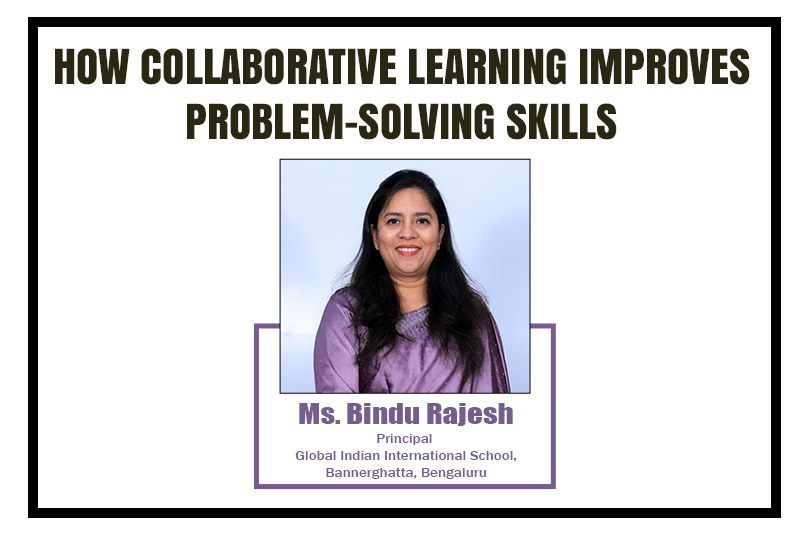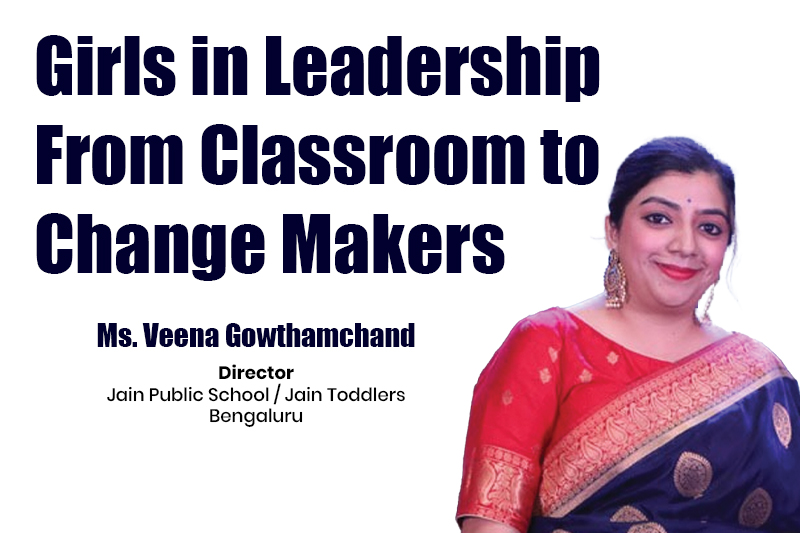Parenting in Multicultural Families: Embracing Diversity and Inclusion
As globalization reshapes modern society, multicultural families are becoming increasingly common. Whether through international migration, intercultural marriages, or global mobility, more parents are navigating the complexities and joys of raising multicultural children. According to the Pew Research Center, 1 in 7 U.S. children (14%) now belong to mixed-ethnicity families, a number that continues to rise. The United Nations reports that international migration has reached 281 million people globally, creating culturally diverse communities worldwide.
While parenting in these dynamic settings presents unique challenges, it also offers rich opportunities to nurture family diversity, broaden children’s worldviews, and foster inclusive parenting. Here’s how parents can embrace cultural diversity, navigate differences, and empower their children to thrive in an interconnected world.
The Benefits of Raising Multicultural Children
Research shows that multicultural families equip children with valuable life skills. Growing up surrounded by different languages, traditions, and perspectives enhances emotional intelligence, strengthens problem-solving abilities, and promotes greater tolerance. Studies indicate that children raised in diverse families are more empathetic, adaptable, and open-minded—essential traits for navigating today’s globalized society.
Teaching Respect and Tolerance Across Cultures
In intercultural parenting, everyday life exposes children to a tapestry of customs, languages, and beliefs. According to the Migration Policy Institute, over 13% of U.S. children have at least one foreign-born parent, offering them rich cultural experiences.
Parents can blend traditions, like celebrating both Diwali and Thanksgiving, to nurture teaching respect in multicultural families. Open discussions about ethnicity, religion, and cultural practices teach children empathy and acceptance. The National Education Association highlights that early exposure to tolerance builds lifelong inclusivity, while the Journal of Cross-Cultural Psychology shows that multicultural upbringings foster higher cultural intelligence.
Multilingualism: A Bridge to Identity and Inclusion
Multilingualism in children is one of the most potent gifts multicultural families can offer. Research from the American Council on the Teaching of Foreign Languages shows that bilingual children demonstrate enhanced memory, creativity, multitasking, and decision-making skills.
Speaking native languages at home, enrolling children in language classes, or connecting them with extended family can strengthen cultural ties and foster a supportive multicultural child’s identity. Multilingualism bridges cultures, deepens belonging, and boosts cognitive flexibility.
Navigating Conflicting Cultural Values
Challenges of multicultural families often emerge when differing cultural values clash. For instance, one parent may emphasize independence, while the other values collectivism and family interdependence. The American Psychological Association (APA) reports that such differences in intercultural parenting styles are common.
Open communication is key. Parents can harmonize their values by blending perspectives, promoting personal achievement, and family unity. This balanced approach nurtures inclusive parenting and teaches children to appreciate diverse worldviews.
Building a Strong and Confident Multicultural Identity
Children in multicultural families may sometimes feel caught between cultures, especially during adolescence. The University of California, Berkeley, found that multicultural children often experience identity struggles as they define themselves.
Parents can help by encouraging children to explore all aspects of their heritage. Creating a family narrative—sharing cultural stories, music, food, and traditions—builds a cohesive identity. This strategy boosts confidence and supports a multicultural child's identity.
Addressing Discrimination and Prejudice
Unfortunately, multicultural families may encounter bias or exclusion. The National Longitudinal Study of Adolescent Health shows that minority children, including those from intercultural homes, face higher risks of discrimination, which can affect self-esteem and mental health.
Parents play a crucial role in supporting emotional intelligence in multicultural children. By offering emotional support, teaching resilience, and engaging in open conversations about prejudice, they empower children to confront challenges confidently. The APA emphasizes the value of nurturing self-advocacy and empathy to navigate such situations.
Fostering Inclusion Through Social Engagement
Supporting diversity and inclusion at home goes beyond family conversations. Encouraging children to engage in multicultural festivals, diverse extracurricular activities, or social groups expands their social horizons. A study in the International Journal of Intercultural Relations found that exposure to diverse peers builds stronger cross-cultural friendships and open-mindedness.
Hosting social events with friends from different backgrounds or visiting cultural museums can strengthen family bonds in multicultural settings and deepen appreciation for diversity.
Final Thoughts
While parenting in multicultural families presents complexities, it offers children invaluable skills and experiences that prepare them for an increasingly interconnected world. By blending traditions, nurturing language skills, addressing conflicts openly, and promoting inclusion, parents can cultivate the benefits of multicultural families that last a lifetime.
With intentionality, empathy, and openness, families can celebrate diversity, empower their children with a strong sense of identity, and contribute to a more inclusive and harmonious society.






